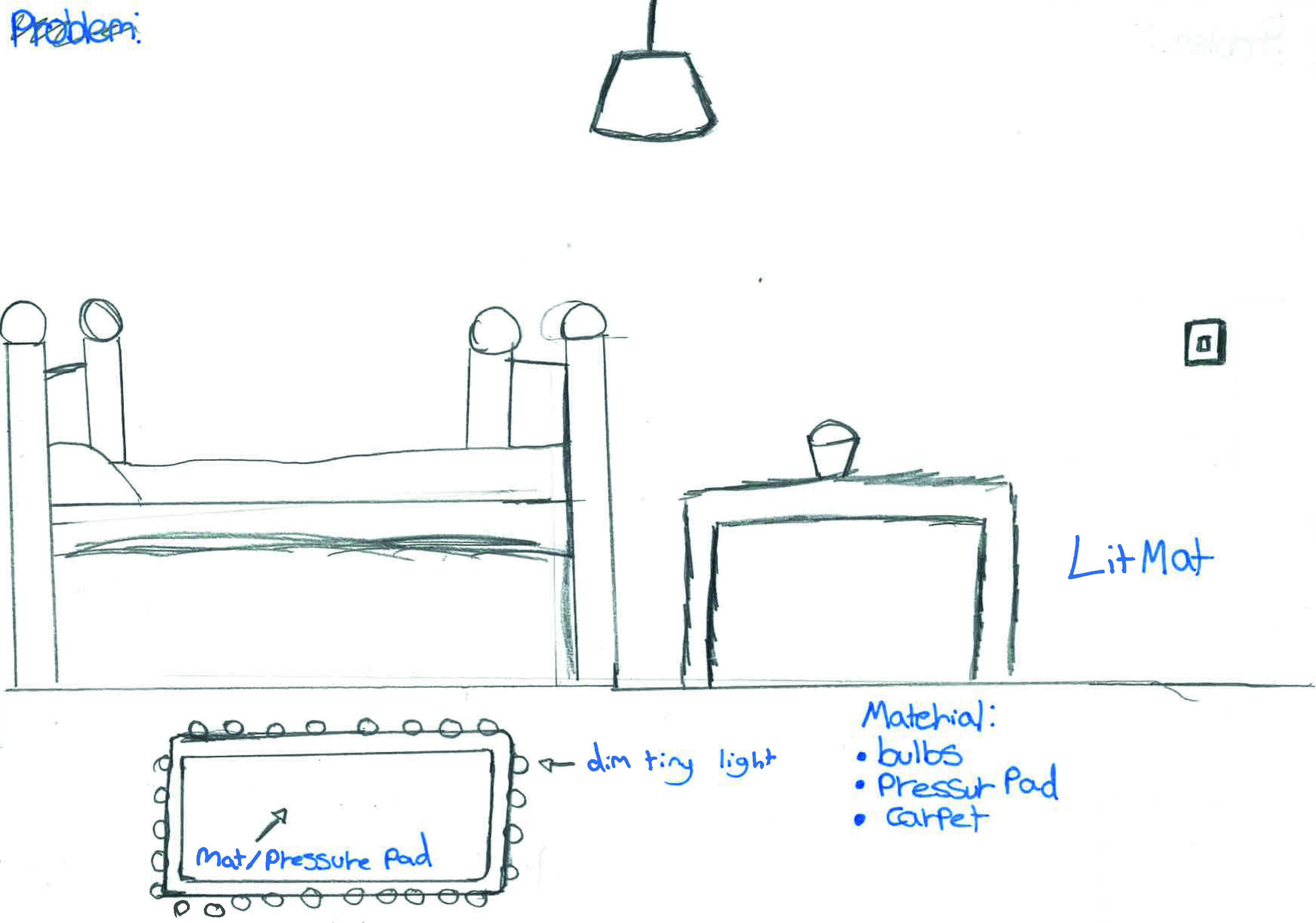Team Proto Builds 2020
So far we 14 pupils’ designs from 2019 ‘If you were an engineer what would you do?’ competition being built by University partners, and we still have more to announce!
Throughout December, our 12 days of Christmas announced the builds so far. If you missed these announcements, here are the builds:
Scotland:
University of Strathclyde engineering students for the 5th year join us to build Lacy from Jimmy Dunnachie Family Learning Centre, design the ‘Whale of Litter’ a whale that will pick-up all the rubbish in the sea and has an extendable arm to cut the plastic that is caught around fish. Lacey said that plastic is bad for the world and takes too long to break down.
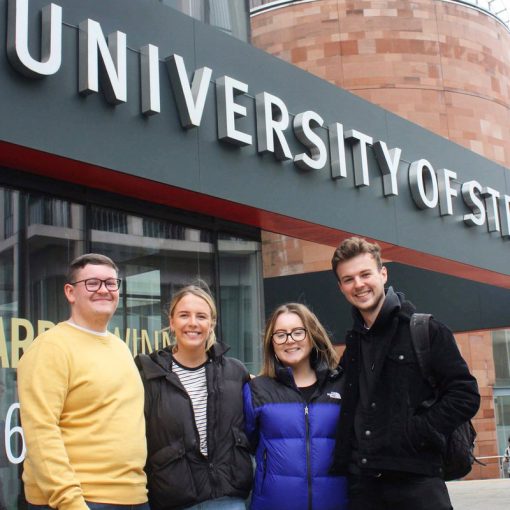
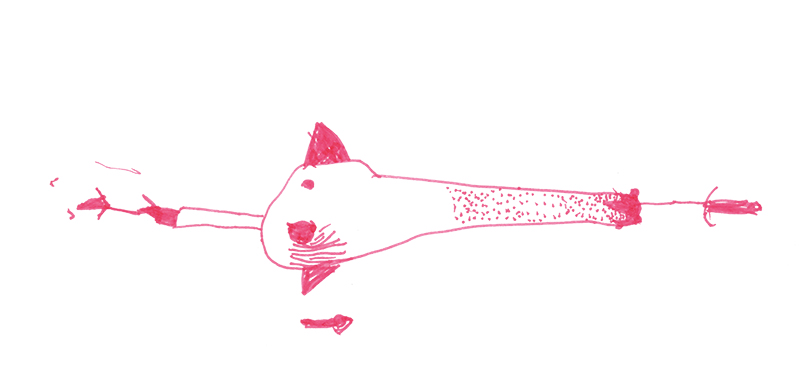
Glasgow Caledonian University engineering students have joined us for the 2nd year to build two prototypes. One team have chosen to refine the build from last year ‘The Flatpack Wind Turbine’ by Douglas from The Royal High School. The ‘Flatpack Wind Turbine’ is designed to get electricity to refugee camps, where there is barely enough room for all of the refugees to sleep.
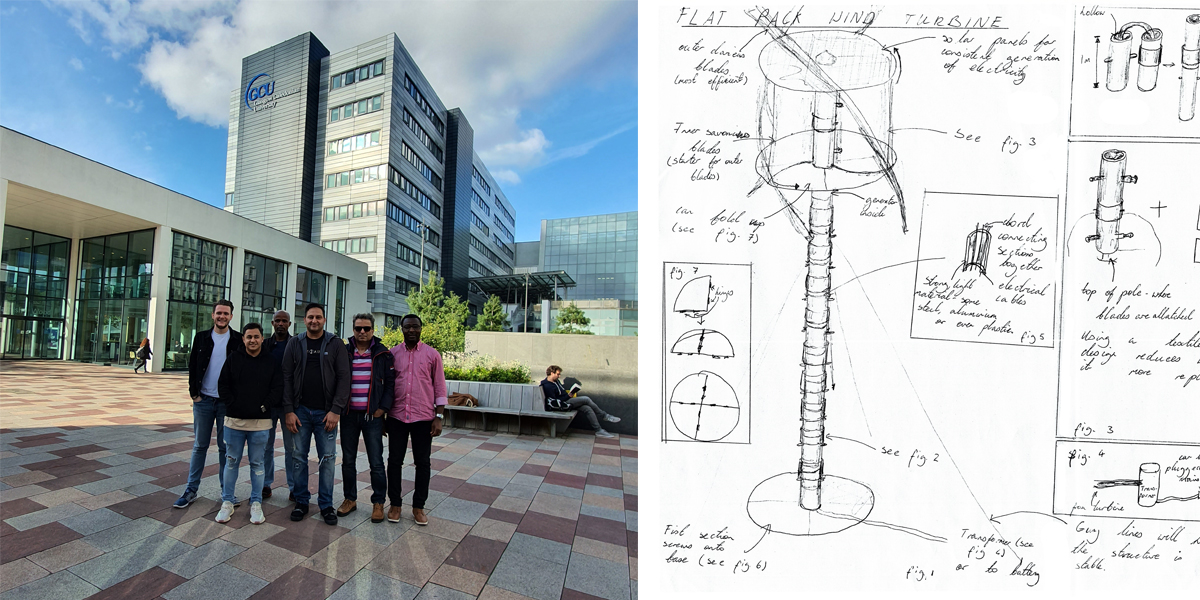
The second build which has been chosen was designed by Patrick, from Willowbank school, with the ‘The Fair-ground Garden’ to enable wheelchair users to plant their favourite flowers and herbs. All the planters are secured in a rotating bolt, which allows the planter to stay upright at all times.
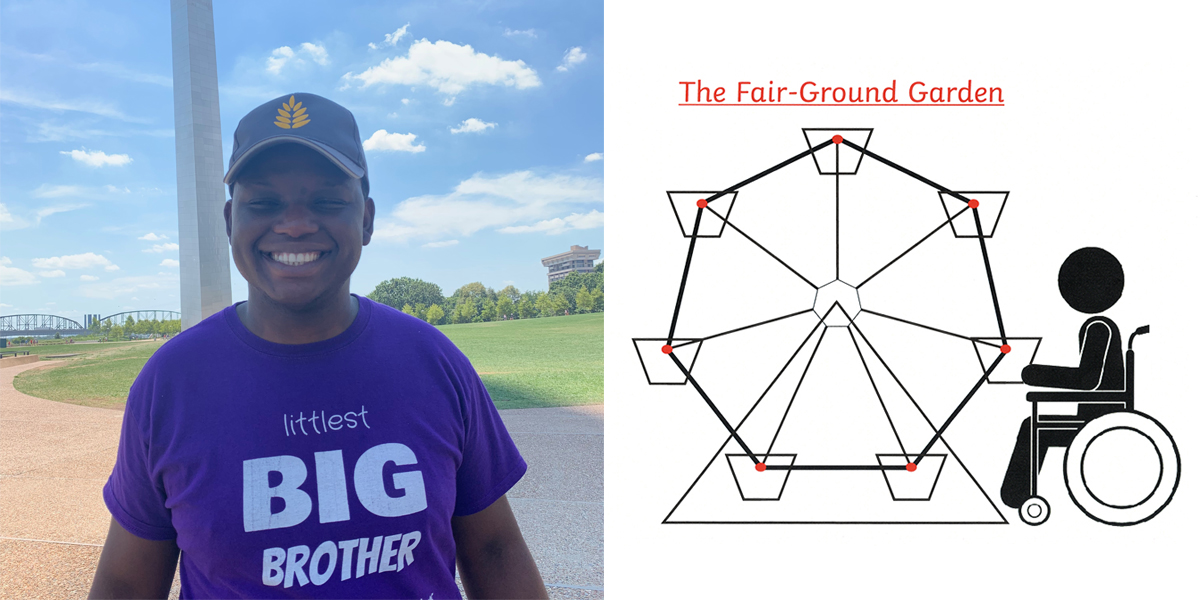
London:
Kingston University, for the 3rd year, are building 2 prototypes. The first prototype is the The Motor Turbine, by Zaynah from Old Palace of John Whitgift. The ‘Motor Turbine’ would help reduce the amount of energy fossils fuels provide for us, by turning it into renewable energy. It contains solar panels on the blades and catches the wind from speeding cars on the motorway.
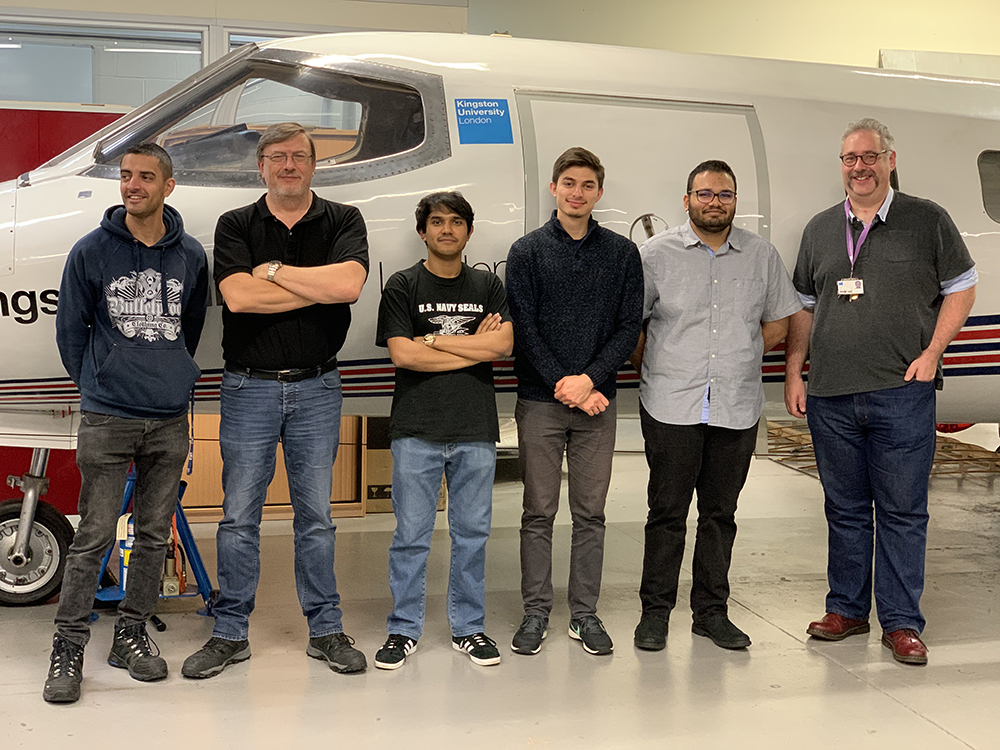

The second build is the ‘Projector Bike Kit’, by Eben from Eleanor Palmer Primary School. The ‘Projector Bike Kit’ is a kit that contains a small cube projector, attached to the rear mudguard of a bike which is aimed directly up the cyclist’s back and shows projections, acting as a reflector screen. Cyclists will be kept safe from harm, with this device.
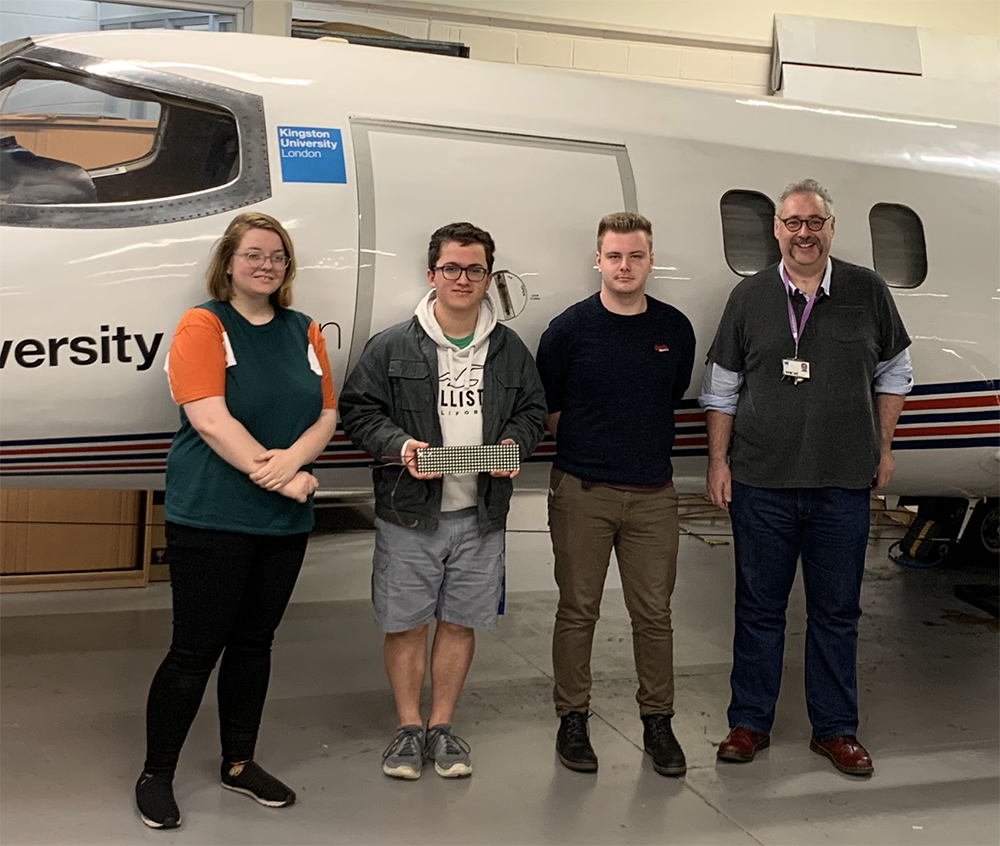
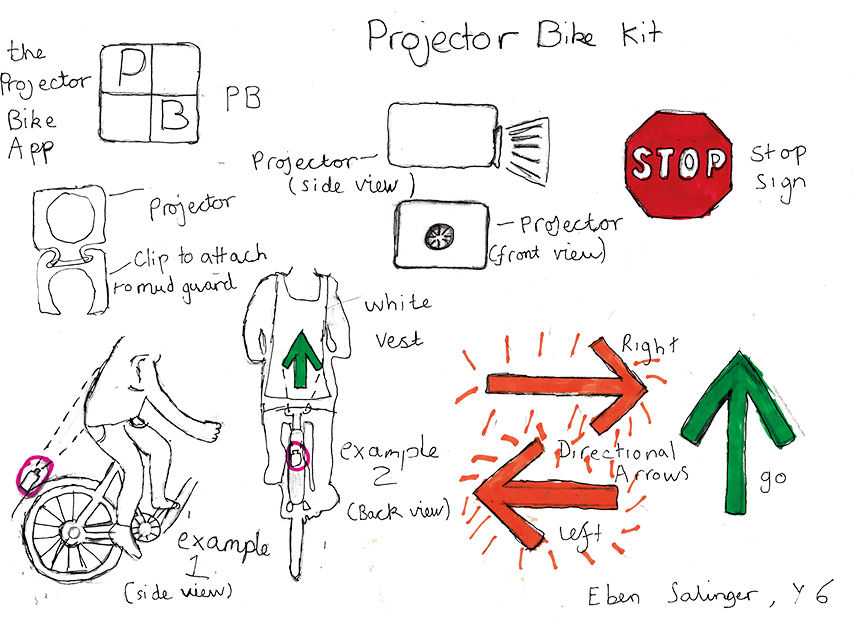
North East:
University of Sunderland have joined us for the second year to build ‘Specky for Eyes’, designed by Sophie from Dame Allan’s Secondary School. This simple mechanical invention could help people needing glasses, of certain prescriptions for either eye, in third world countries where electricity is hard to source to power conventional equipment used by Opticians. This device uses two rotating discs, filled with lenses of increasing prescription levels, which the user moves to different settings until the prescriptions for each eye is correct. This recorded glasses donated from other countries that were donated with the required prescription lenses for each person requiring them.
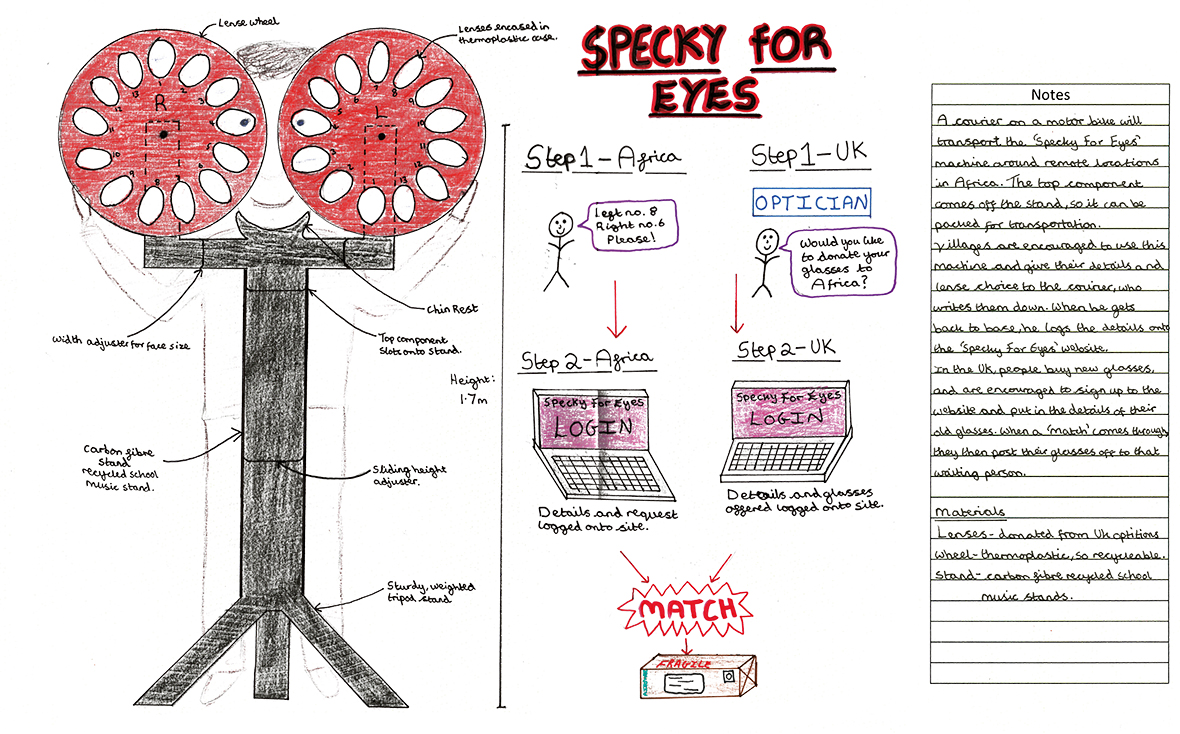
The South of England:
University of Southampton are joining us for the third year. University of Southampton students have been inspired by the winning design ‘Habtech Plastic 3000’ by Freddy from Crowmarsh Gifford CE Primary School. The students aim is to create a prototype which addresses the problem Freddy identified – removing plastic from beaches.
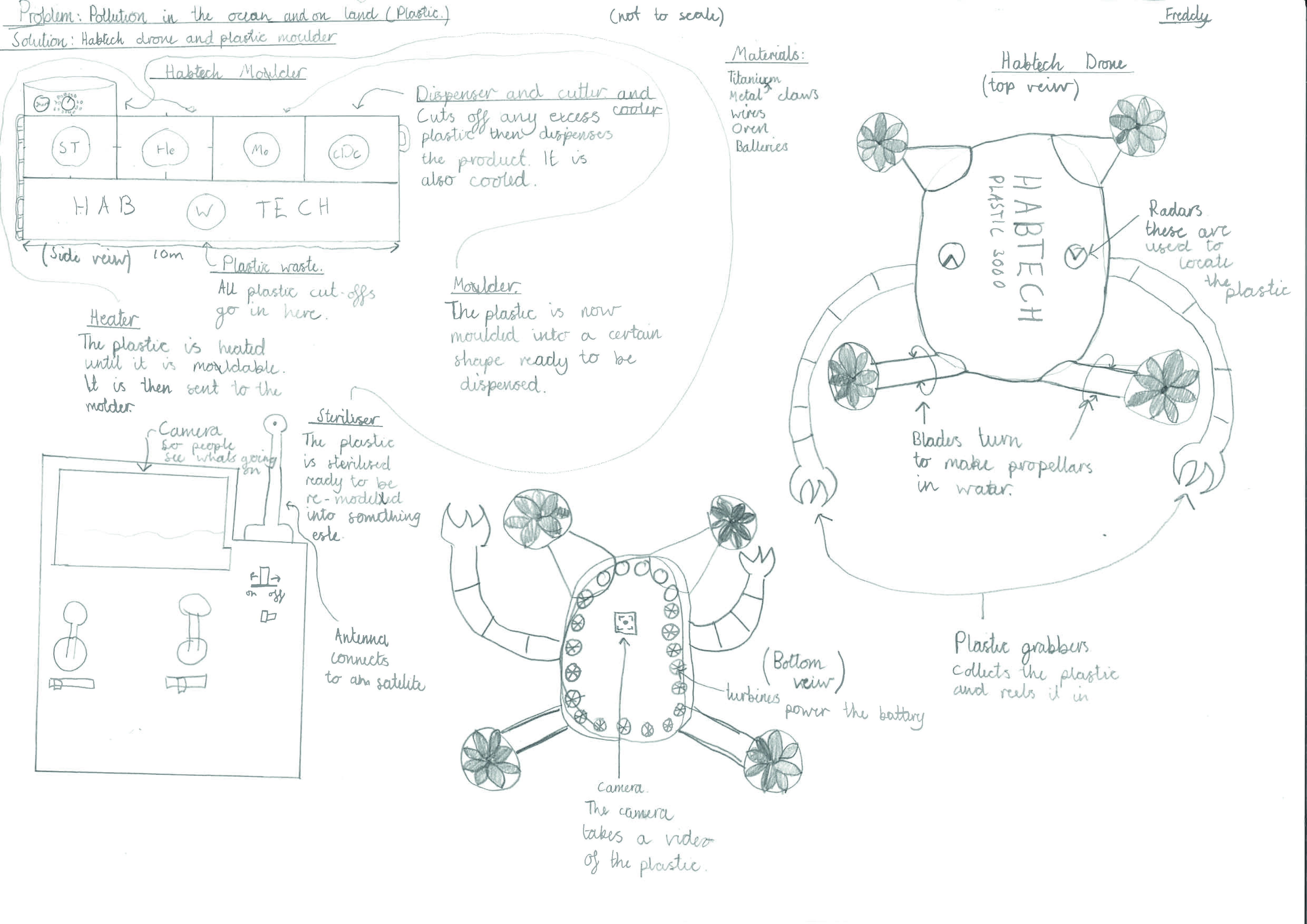
The South West
University of the West of England (UWE), are joining us for the 2nd year to build two designs. The first design is the ‘Electric Blanket’ by Mary, from Deerhurst and Apperley C of E Primary School, which helps all the homeless and poor people. It helps to keep them warm on the coldest of days.
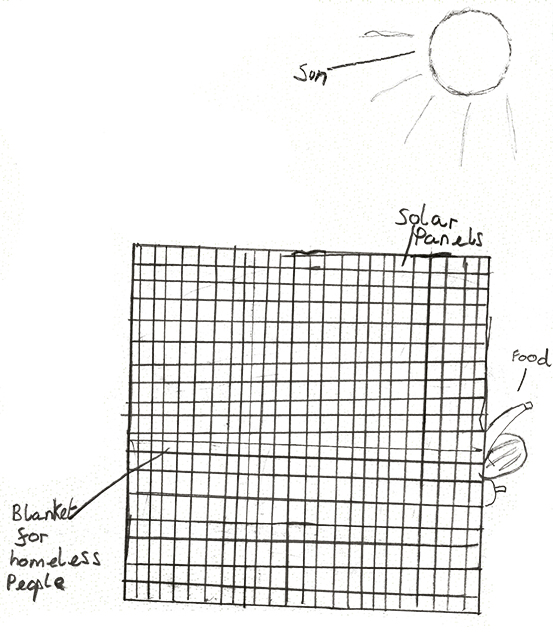
The second design is the ‘Rain Catcher’ by Tristan from Headley Park Primary School. The ‘Rain Catcher’ design purpose is to catch the rain which then turns into clean water. This benefits all the people who are thirsty and helps to keep them healthy.

Sheffield
University of Sheffield (AMRC) join us for the first year to build two prototypes, the ‘Braille-writing Stamp Pen’ by Zahra from Woodseats Primary School. The pen provides a direct conversion from conventional letters to their braille equivalent. Select the letter, press against the plastic sheet then press the button to activate.
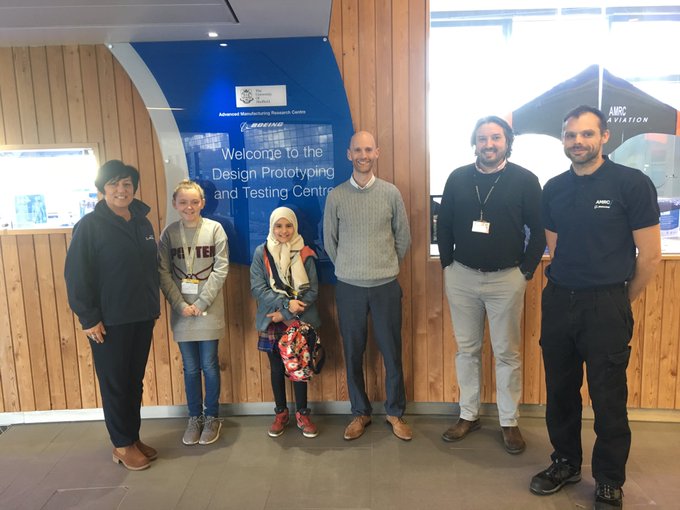
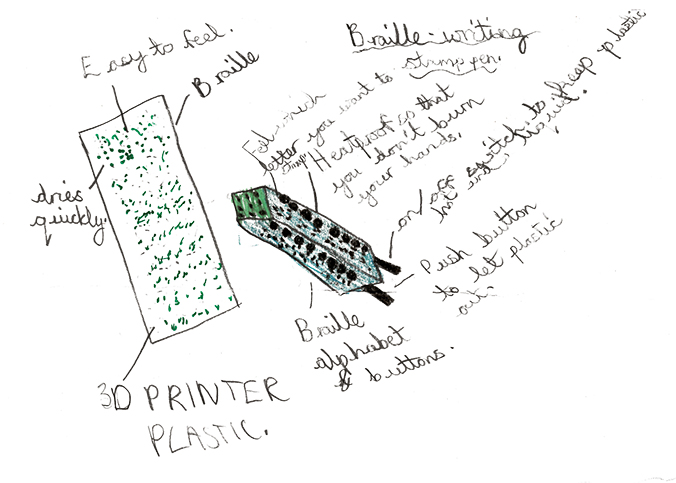
The second design to be built is the ‘Electric Heels’ by Sophie from Sacred Heart Catholic Primary School. The ‘Electric Heels’ is installed within fashionable footwear and uses piezo-electric transducers to generate electricity through movement and charge battery powered devices including mobile phones.
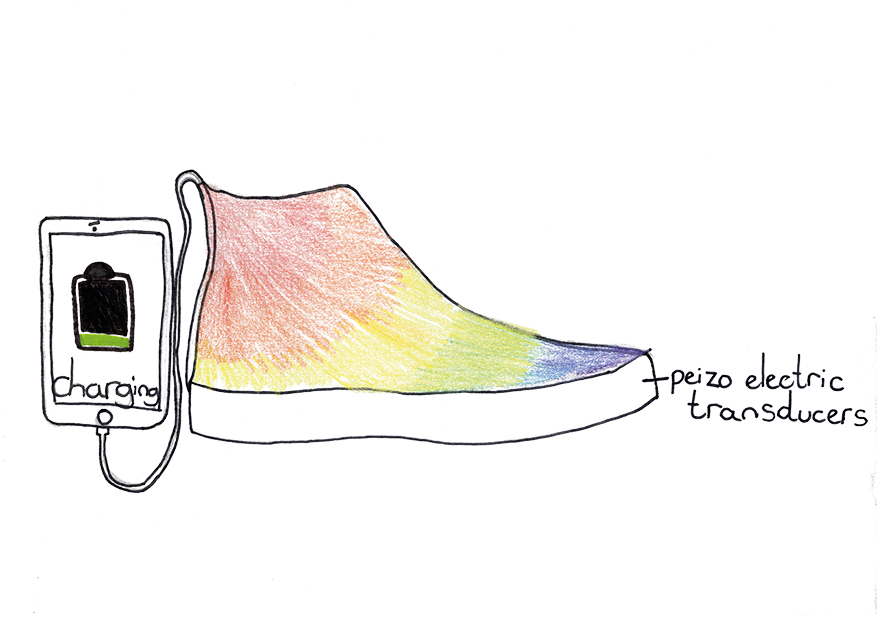
Jersey
Kingston University are building Jersey’s first prototype; the engineering students have chosen to build the ‘Seater Scooter’, by Ameya from Beaulieu Primary School. The “Seater Scooter” – ostensibly a foot-powered scooter but features a seat that rises hydraulically when the driver becomes fatigued
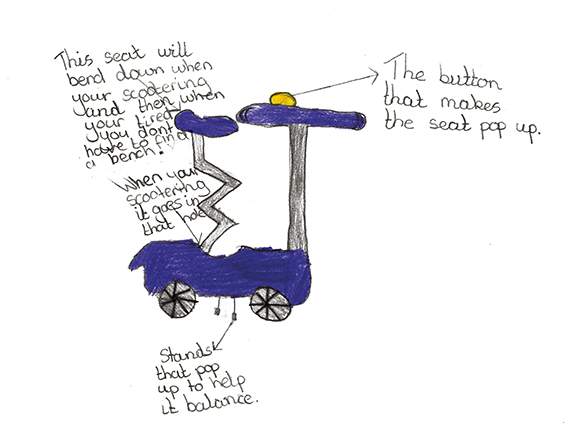
Northern Ireland
Ulster University join us for the first year to build the ‘Flash Road’ by Caelan from St. Mary’s Primary School Dechomet. The ‘Road Flash’ is intended to notify cars or lorries that a vehicle is approaching. It has a laser, flashing light system which flashes red to alert other drivers.
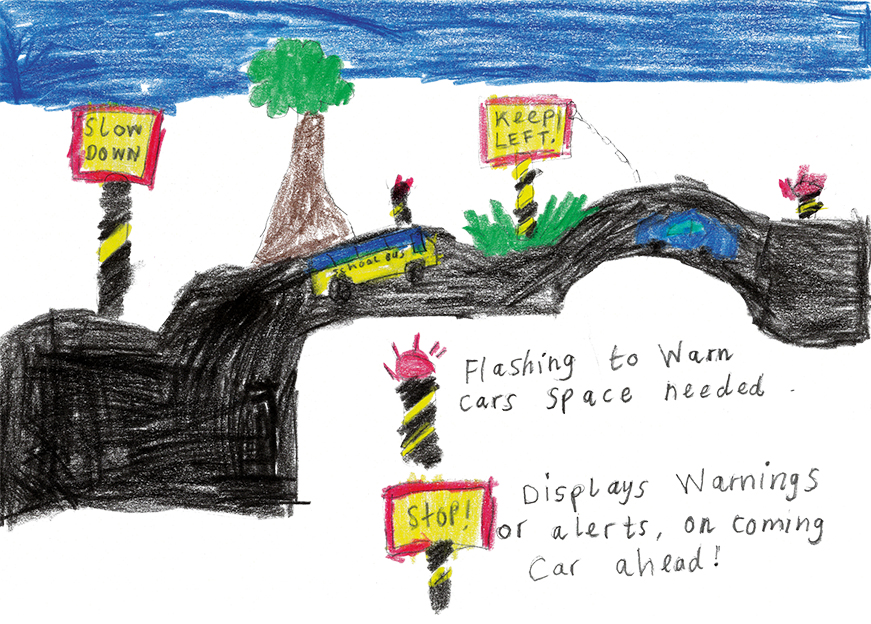
South East England
Canterbury Christ Church University join us for the first year to build the ‘Lit Mat’ by Ada from Phoenix Primary School. The ‘Lit Mat’ is a light up carpet allowing you to see at night. To activate the light, you will need to step on the carpet which will enable you to find your way through the dark.
